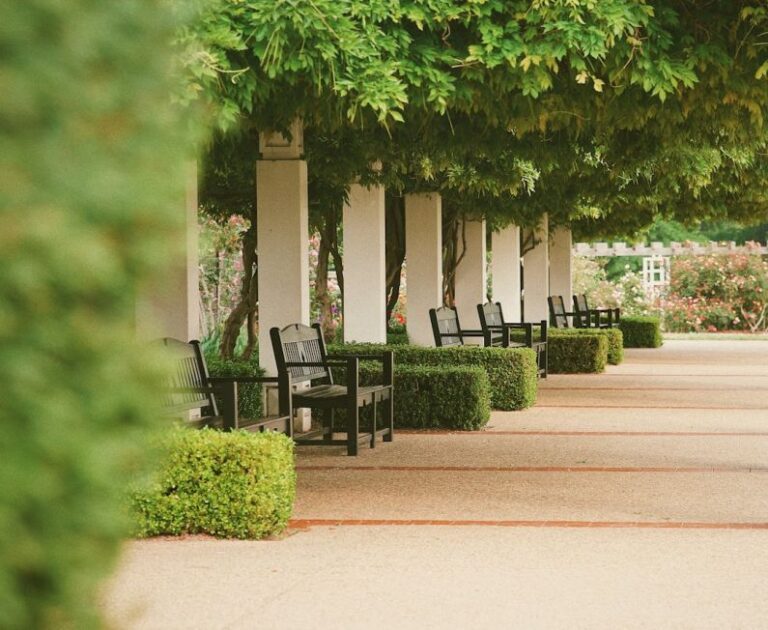Creating a Zen Garden in Your Backyard
Designing a serene oasis in the comfort of your backyard can be a fulfilling and rewarding project. A Zen garden offers a tranquil space for relaxation and contemplation, allowing you to escape the hustle and bustle of daily life. With careful planning and thoughtful design, you can create a peaceful retreat that promotes mindfulness and harmony. Here are some tips on how to create your own Zen garden in your backyard.
Choosing the Right Location
Selecting the perfect location for your Zen garden is crucial in setting the tone for the entire space. Look for a quiet and secluded area in your backyard that receives ample sunlight. Ideally, choose a spot that is away from noisy distractions and offers a sense of privacy. Consider the natural elements surrounding the location, such as trees or rocks, and incorporate them into your garden design to enhance its overall appeal.
Creating a Sense of Balance and Harmony
Central to the concept of a Zen garden is the idea of balance and harmony. Achieving a sense of equilibrium in your garden involves carefully arranging elements such as rocks, gravel, and plants in a way that promotes a feeling of calm and tranquility. Use asymmetrical patterns and negative space to create a sense of openness and simplicity. Avoid cluttering the space with unnecessary decorations and instead focus on creating a minimalist and uncluttered environment.
Incorporating Natural Elements
Integrating natural elements into your Zen garden is essential for creating an authentic and serene atmosphere. Consider adding elements such as rocks, sand, gravel, and water features to evoke a sense of nature in your space. Use different textures and materials to add visual interest and tactile appeal to your garden design. Incorporate plants such as bamboo, bonsai trees, and moss to introduce a touch of greenery and life into the space.
Mindful Plant Selection
When choosing plants for your Zen garden, opt for species that require minimal maintenance and thrive in a tranquil environment. Select plants that are native to your region and complement the overall aesthetic of your garden. Consider incorporating foliage with varying heights and textures to add depth and dimension to your space. Avoid using plants that require frequent pruning or watering, as this can disrupt the peaceful ambiance of your garden.
Fostering a Sense of Tranquility
To fully embrace the essence of a Zen garden, create a space that encourages mindfulness and introspection. Include seating areas such as benches or meditation cushions where you can sit and reflect in peace. Add subtle lighting elements such as lanterns or candles to create a soft and soothing ambiance in the evenings. Consider incorporating a small water feature, such as a fountain or a pond, to introduce the calming sound of running water into your garden.
Embracing the Zen Philosophy
At the core of a Zen garden is the philosophy of mindfulness, simplicity, and harmony. As you design and cultivate your garden, embrace these principles and allow them to guide your choices. Focus on creating a space that promotes a sense of tranquility and contemplation, where you can escape the stresses of everyday life and reconnect with yourself and nature. By embracing the Zen philosophy in your garden design, you can create a peaceful sanctuary that nourishes the mind, body, and soul.
Crafting Your Zen Garden Retreat
Designing a Zen garden in your backyard is a creative and rewarding process that allows you to cultivate a space of peace and serenity. By carefully selecting the location, incorporating natural elements, and fostering a sense of tranquility, you can create a harmonious oasis that promotes mindfulness and relaxation. Embrace the principles of balance, simplicity, and harmony as you design your garden, and allow the beauty of nature to inspire and rejuvenate you. With a little planning and creativity, you can craft a Zen garden retreat that brings a sense of calm and rejuvenation to your outdoor space.






